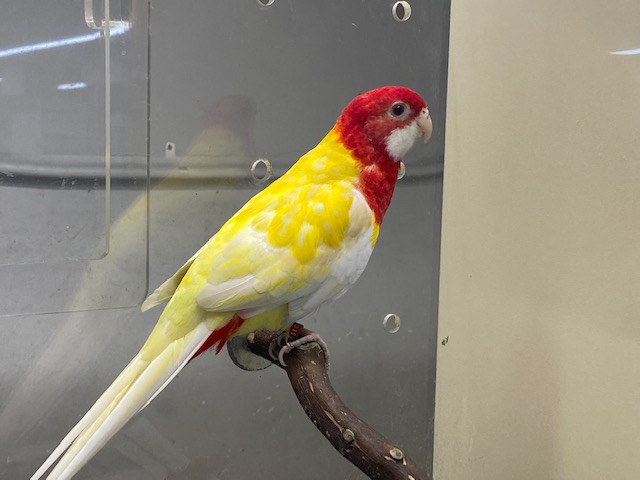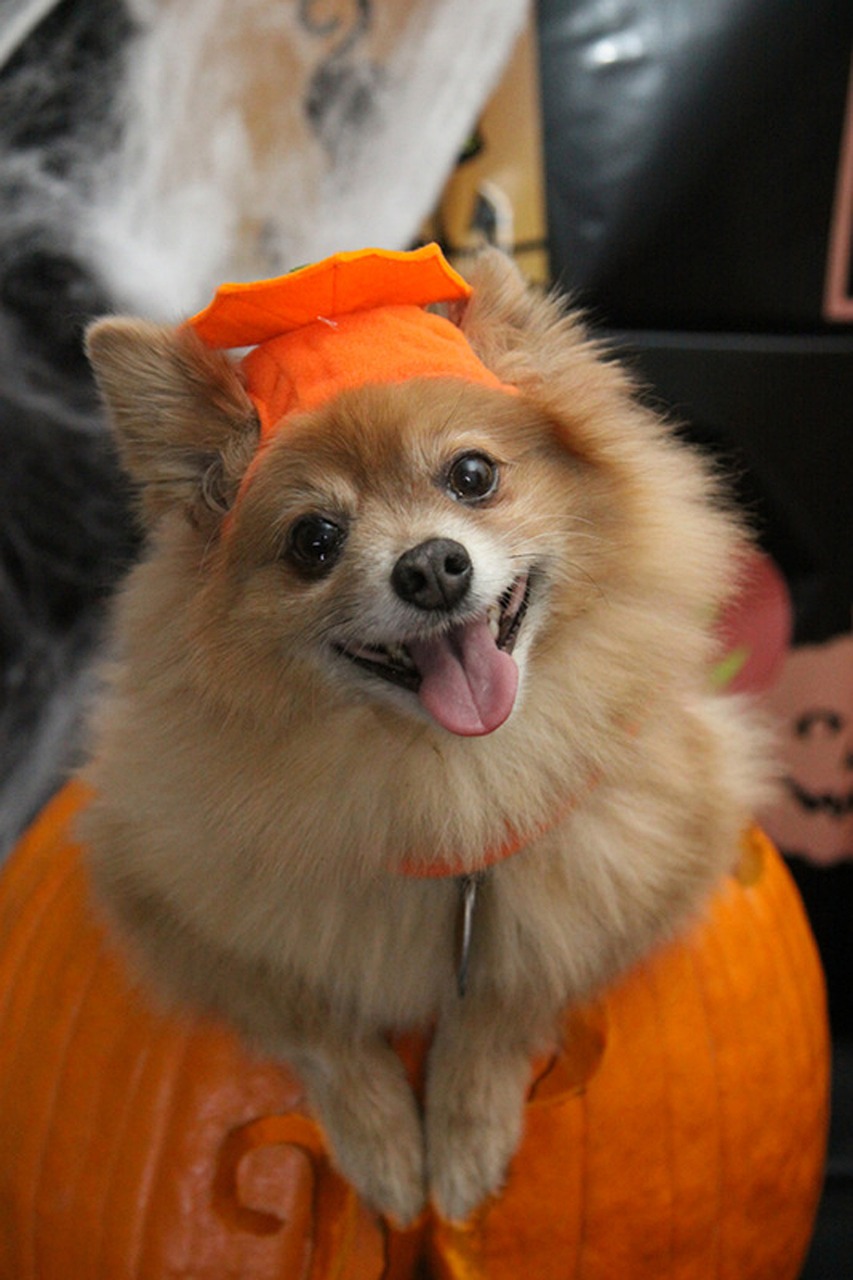
Why We Should or Should Not Clip Birds Wings and Nails
Clipping a pet bird's wings and nails is a practice that is sometimes done for the safety and well-being of both the bird and its human caregivers. However, it's important to note that the decision to clip a bird's wings and nails should be made carefully by the owner and in consultation with a veterinarian or an experienced avian expert, as it is a topic has quite a bit debate within the avian community.
Here are some reasons why people might choose to clip their pet bird's wings and nails:
- Safety: Clipping wings can prevent birds from flying into dangerous or inaccessible areas of the home. This can help prevent accidents such as collisions with windows, ceiling fans, or hot stovetops. It can also prevent a bird from flying inot a small area that would be difficult to access and retrieve.
- Training: For some bird species, wing clipping can aid in training and taming them down. A clipped bird may be easier to handle and less likely to escape during training session with its owner or caregiver.
- Preventing Flight-related Injuries: Unclipped birds can injure themselves by flying into walls or other obstacles within the home. Clipping wings can reduce the risk of such injuries and prevent them from flying away.
- Control: Clipping wings can provide a level of control over a bird's movement, which can be useful in outdoor situations, like taking a bird outside in a secure environment.
- Reducing Destructive Behavior: In some cases, wing clipping can reduce a bird's ability to engage in destructive behaviors such as chewing on furniture or electrical wires.
- Bonding: Some owners believe that wing clipping can enhance the bond between them and their bird, as it may increase the bird's reliance on the owner for mobility.
Despite some of the benefits, it's essential to consider the potential downsides and ethical implications of wing and nail clipping:
- Loss of Natural Behavior: Clipping a bird's wings can restrict its natural behavior and instincts, such as flying and foraging. This can negatively impact the bird's physical and psychological well-being and overall health long-term.
- Stress and Anxiety: Some birds may experience stress and anxiety as a result of wing clipping, which can lead to behavioral issues and health problems.
- Potential for Injury: Clipping wings and nails requires precision and should be done by someone experienced to avoid causing injury or pain to the bird. Only an experienced bird care giver should clip birds wings or nails.
- Alternative Solutions: There are alternative methods to ensure a bird's safety and well-being, such as providing a safe and bird-proofed environment and positive reinforcement training.
In conclusion, the decision to clip a pet bird's wings and nails should be made thoughtfully, with the best interests of the bird and training in mind. Consultation with a veterinarian or avian expert is crucial to determine if wing and nail clipping is necessary for your specific bird and situation. It's also important to consider alternative methods of ensuring the bird's safety and happiness while allowing it to express its natural behaviors.
Many people ask us if clipping birds hurts them or how often you need to get it done. In short, no its almost like getting your hair or nails trimmed if it is trimmed normally then the bird will experience no pain. If you clip the nails too low that can incur bleeding and hurt the bird. The nails an feathers grow back at different rates determined by overall health, activity, and other variables.

